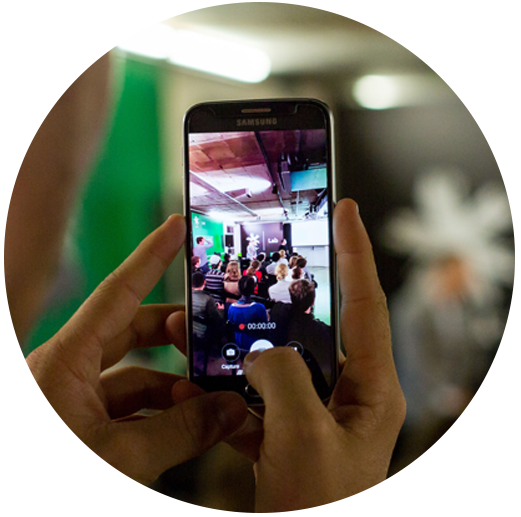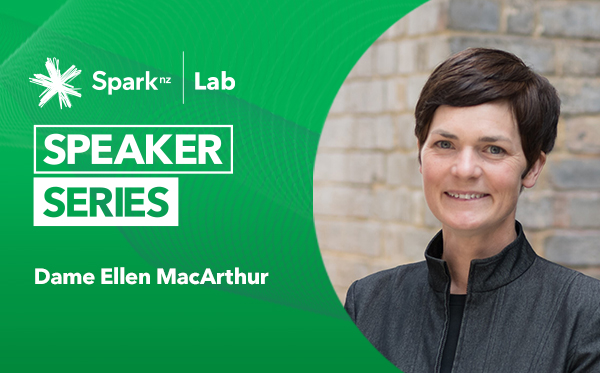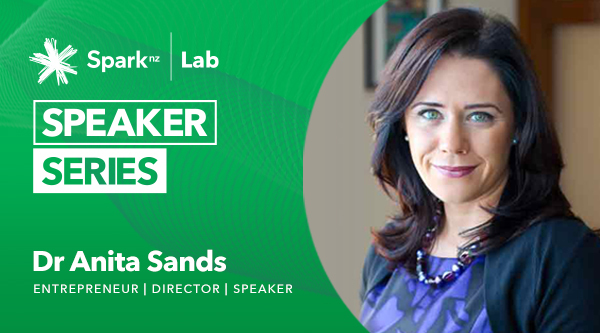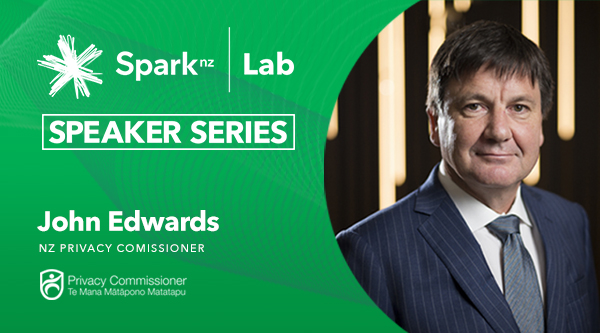Beyond Binary Code: How it began
By Russell Brown
Here’s a bad dream: imagine that a tiny thing your business is doing is alienating and turning away a small but significant number of your online customers, hampering your recruitment and affecting your internal culture. And you’re not doing anything about it, because either you don’t know it’s a problem, or you don’t know exactly what to do.
And then you wake up and realise that a start on the answer is as simple as a few lines of code.
That’s what Spark’s Beyond Binary Code initiative is about. Code reflects culture, and the business and organisational landscape is scattered with legacy code that no longer reflects the culture it’s deployed in. Specifically, it’s the way we collect personal data around gender. We present people with forms asking personal questions we don’t need to ask and excluding people we don’t mean to exclude – by presenting gender as a binary. View the Beyond Binary Code website
It's about your Gen Z customers
“Business used to do a lot of thinking about millennials and what millennials care about, but it's really Generation Z now,” says Frith Wilson-Hughes , who has supported the Beyond Binary Code project for Spark. “And the more Gen Z is part of your customer base, the more you're going to have people whose attitudes to gender are quite fluid. There are stats suggesting approximately 25% of that generation will consider changing the way that they present their gender over their lifetime. That’s pretty massive.”
Spark’s solution has been to create Beyond Binary Code, a repository of HTML code for data capture that can simply be pasted into existing HTML code to make data fields and forms gender-inclusive. It’s the result of consultation with community organisations, including Spark’s established partner Outline, and informed by research by the likes of Statistics New Zealand and the Human Rights Commission. It offers a consistent format for making those changes – and we all like consistency in UI.
“It’s also not a consistent format that Spark made up,” says Frith. “It’s a consistent format that was informed by a lot of research that had been done by people who are experts in the field of data collection in the field of gender.”
It's about data health
Spark’s Beyond Binary Code website is also built to assist with the developing reputational issue of data health. Ideally, you shouldn’t be asking questions about gender – or any other personal information – that you don’t need to ask. The site embodies a simple process for working out whether you need to capture that data at all and the questions you may want to ask for specific purposes. You’ll need to know different things if you want to report on demographic insights, for example, than for a simple sales relationship. Once you’ve made that decision, the code is there for you. Try the code builder
But it’s not just about code, it’s about humans, as a “Stories” section on the site emphasises. Jess talks about the difference “asking the most simple question or providing a little more space, literally one more box” can make. Bode, a coder, talks about the practical problems a lack of thought around forms can create, including the feeling of “being forced to lie”. And when it’s done right: “I feel relaxed. I feel seen”. View Beyond Binary stories
Some tasks are easier than others – it’s now possible, for example, to register “X” for gender (meaning indeterminate or unspecified) on a New Zealand passport. On the other hand, there are plenty of legacy forms still out there in the wild asking questions that are palpably archaic. Are you really still asking women to tell you whether they’re “Miss” or “Mrs”? You might be.
Spark itself had to sort through many years’ worth of such “digital spaghetti” as part of the two-year road to Beyond Binary Code, says Frith, “and fortunately, we sell phones and it's not inherently too tricky to take gender out of the equation.”
Let's go back to 2017
But the journey went deeper than that for Spark. It really began in 2017, with conversations on Spark’s intranet indicating Spark people wanted to do something for and celebrate the annual Pride festival. But what should that be? Frith, a brand and social media specialist with Spark and a member of the rainbow community, was part of the subsequent consultation.
“My view was, I don't really want to do that unless we're doing something valuable, actually tangibly valuable, for the community. Because, you know, we know how that goes and how discerning the rainbow community are with regard to corporates being involved in Pride. So we sort of had to think about what our industry is, and what were some sort of relevant community organisations we could be involved in.”
That thinking pointed to Outline – a peer support network using phones and digital channels – as a logical partner. Spark also began marking Pride with storytelling campaigns making queer New Zealanders visible and highlighting their experiences. Visit Outline
“And then we sort of came to this point where we went, okay it’s all very well to tell queer stories, but actually, what are we offering as a digital services company – and what can we offer? So we had this idea presented to us around the problem of businesses and organisations capturing binary gender data. And we went, amazing, we have to do it, we have to provide this code to businesses while highlighting the issue. But first we have to fix our own ship.
“If we change our online systems, what are we doing for our own people, in terms of our HR systems and our bathrooms, and our training modules and the way that we address people on our bills, all of that sort of stuff? The more we looked at it, the bigger the project got. Yeah, so we got to a place where we were feeling pretty comfortable to go external with it.”
Now, there are tools for your business
She’s hopeful that Beyond Binary Code will be a small, simple and practical step to to broader conversations. Resources on the website include a presentation kit for talking about inclusivity and a guide to data privacy issues. Explore the resources
“When you start thinking about being inclusive, you can begin to consider all of the ripple effects around the way that your business treats members of the rainbow community. Then there’s the data health side – considering the data that you have on your customers and the way that you use it, which goes beyond gender. And that can open up lots of different lines of questioning around, you know, the way that you treat different age groups and targeting, the way that marketing to different segments – and whether you can be smarter about the way that you're doing that.
“What this is really about is that businesses can apply these concepts to their own organisations, and that just making a start is the best course of action. You don’t need to get it perfect right away. But doing something is better than doing nothing.”
Watch the video below






